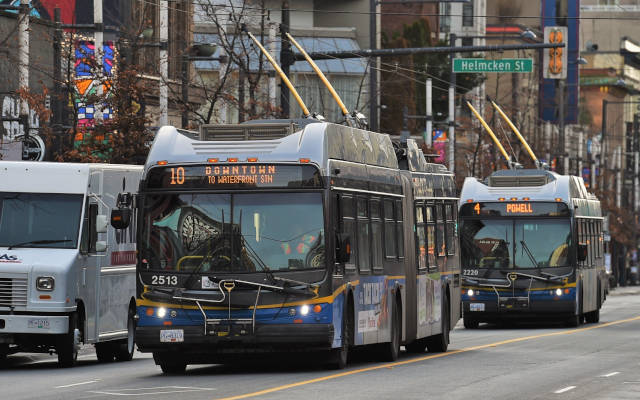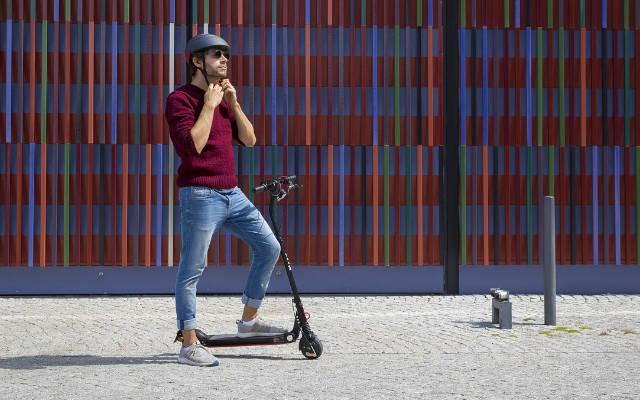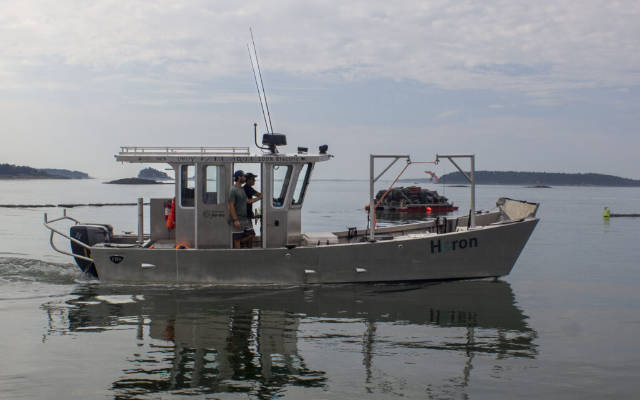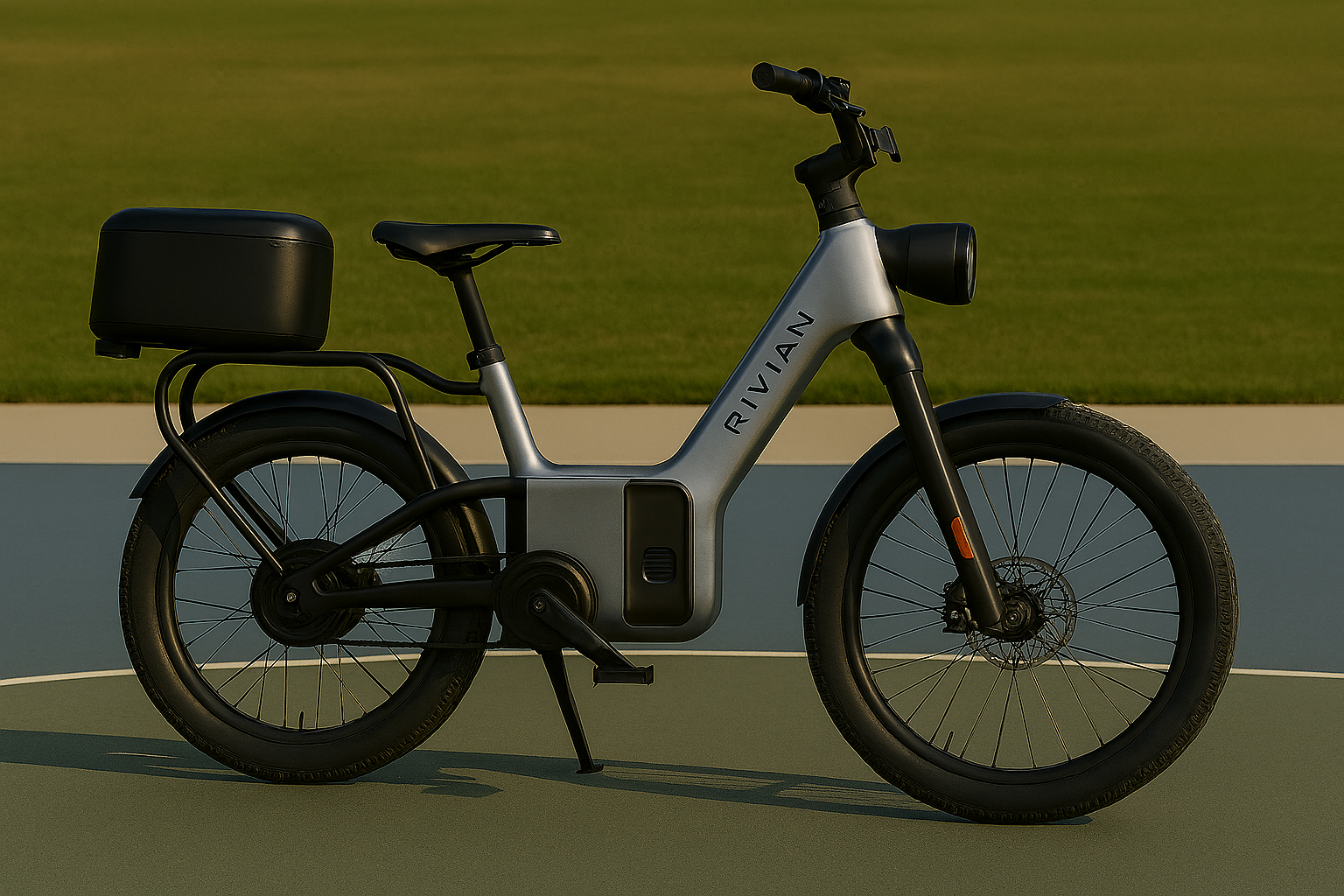 EDITOR'S PICK
EDITOR'S PICK
The Electric Bus You Thought Was Dead - But Isn't
19 Sep 2025 | Synopsis
 Modern trolleybuses using in-motion charging (IMC) are making a comeback as cost-effective, grid-friendly alternatives to battery-electric buses. They charge via overhead wires and run off-wire using small batteries, reducing infrastructure and maintenance costs. Ideal for dense, hilly cities or those with legacy systems, they face funding and public perception challenges but offer strategic advantages in urban transit electrification.
Modern trolleybuses using in-motion charging (IMC) are making a comeback as cost-effective, grid-friendly alternatives to battery-electric buses. They charge via overhead wires and run off-wire using small batteries, reducing infrastructure and maintenance costs. Ideal for dense, hilly cities or those with legacy systems, they face funding and public perception challenges but offer strategic advantages in urban transit electrification.European Study Finds E-bikes Carry A Much Greater Crash Risk Than E-scooters
19 Sep 2025 | Synopsis
 A new study from Chalmers University, featured in Air Quality News, finds that e-bikes pose a significantly higher crash risk than e-scooters—over eight times greater when accounting for exposure factors like trip distance and duration. The research analyzed GPS data from shared micromobility services across seven European cities, offering a more accurate comparison than previous studies. The authors call for better data-driven safety policies.
A new study from Chalmers University, featured in Air Quality News, finds that e-bikes pose a significantly higher crash risk than e-scooters—over eight times greater when accounting for exposure factors like trip distance and duration. The research analyzed GPS data from shared micromobility services across seven European cities, offering a more accurate comparison than previous studies. The authors call for better data-driven safety policies. Electric Aquaculture Boats Splash Into Waters Off the Coast of Rural Maine
19 Sep 2025 | Synopsis
 Electric fishing boat Heron launched in rural Maine, powered by twin electric outboards and backed by $1M in grants. Operated by Maine Ocean Farms, it cuts emissions, noise, and fuel costs. The shift supports climate goals amid warming Gulf waters. Challenges include battery weight and limited charging, but local groups are expanding infrastructure. Heron signals a sustainable future for aquaculture and rural marine industries.
Electric fishing boat Heron launched in rural Maine, powered by twin electric outboards and backed by $1M in grants. Operated by Maine Ocean Farms, it cuts emissions, noise, and fuel costs. The shift supports climate goals amid warming Gulf waters. Challenges include battery weight and limited charging, but local groups are expanding infrastructure. Heron signals a sustainable future for aquaculture and rural marine industries.Wired Wings: Flying the Bristell B23 Energic Electric Aircraft
19 Sep 2025 | Synopsis
 The Bristell B23 Energic, an all-electric trainer aircraft from BRM Aero and H55, offers smooth handling, low operating costs ($8–$9/hr), and a 60-minute flight time under EASA rules. FAA limits U.S. flights to 40 minutes due to stricter reserves, but upgrades are planned. Despite reduced payload from battery weight, performance rivals piston aircraft. Its success signals growing momentum in electric aviation.
The Bristell B23 Energic, an all-electric trainer aircraft from BRM Aero and H55, offers smooth handling, low operating costs ($8–$9/hr), and a 60-minute flight time under EASA rules. FAA limits U.S. flights to 40 minutes due to stricter reserves, but upgrades are planned. Despite reduced payload from battery weight, performance rivals piston aircraft. Its success signals growing momentum in electric aviation.Rivian's Secret E-Bike Surfaces: A Bold New Chapter in Micromobility
18 Sep 2025 | Synopsis
 Leaked images reveal Rivian's upcoming e-bike, developed by its spinoff ALSO Inc. The sleek, silver prototype features full suspension, cargo rack, and inverted fork - blending utility with Rivian's signature design. Backed by a $1B valuation, ALSO aims to disrupt micromobility with a bold October launch. The bike signals Rivian's move beyond trucks, building a broader electric mobility ecosystem for urban riders and lifestyle commuters.
Leaked images reveal Rivian's upcoming e-bike, developed by its spinoff ALSO Inc. The sleek, silver prototype features full suspension, cargo rack, and inverted fork - blending utility with Rivian's signature design. Backed by a $1B valuation, ALSO aims to disrupt micromobility with a bold October launch. The bike signals Rivian's move beyond trucks, building a broader electric mobility ecosystem for urban riders and lifestyle commuters.
 EVWorld Exclusive
EVWorld Exclusive
Creative Destruction vs. Fossil Retrenchment: Why Project 2025 Risks Leaving America Behind
16 Oct 2025 |  Project 2025 protects fossil fuel incumbents by dismantling Biden-era clean energy policies. Nobel economist Philippe Aghion argues that climate progress depends on creative destruction - letting green innovators outcompete legacy polluters. The U.S. risks falling behind as global markets embrace clean tech. Even its passport has slipped from the top 10. Innovation, not retrenchment, is the path forward
Project 2025 protects fossil fuel incumbents by dismantling Biden-era clean energy policies. Nobel economist Philippe Aghion argues that climate progress depends on creative destruction - letting green innovators outcompete legacy polluters. The U.S. risks falling behind as global markets embrace clean tech. Even its passport has slipped from the top 10. Innovation, not retrenchment, is the path forward
Buick Electra E5: China-Built EV Poised for U.S. Launch
16 Oct 2025 |  Buick's Electra E5, built in China by SAIC-GM, is set to become GM's first imported EV for the U.S. market. Though its launch was delayed indefinitely in 2024, a tentative 2026 rollout remains part of GM's electrification roadmap. With Ultium battery tech, strong performance specs, and positive reception in China, the Electra E5 represents a strategic shift in global EV sourcing and branding.
Buick's Electra E5, built in China by SAIC-GM, is set to become GM's first imported EV for the U.S. market. Though its launch was delayed indefinitely in 2024, a tentative 2026 rollout remains part of GM's electrification roadmap. With Ultium battery tech, strong performance specs, and positive reception in China, the Electra E5 represents a strategic shift in global EV sourcing and branding.
China's EV Boom Masks a Hidden Inventory Problem
15 Oct 2025 |  China's EV market shows strong wholesale growth, but retail sales lag behind. In April 2025, the wholesale-retail ratio hit 1.27:1, signaling inventory buildup. Automakers push stock to dealers to meet targets, risking oversupply. Analysts warn this gap could lead to price wars and financial strain. Retail data offers a clearer view of consumer demand and market health.
China's EV market shows strong wholesale growth, but retail sales lag behind. In April 2025, the wholesale-retail ratio hit 1.27:1, signaling inventory buildup. Automakers push stock to dealers to meet targets, risking oversupply. Analysts warn this gap could lead to price wars and financial strain. Retail data offers a clearer view of consumer demand and market health.
Putting Children First: Lessons from Paris for Atlanta
15 Oct 2025 |  Paris redesigned its streets with children in mind - wider sidewalks, less traffic, and safer zones near schools. This child-first approach improved mobility for all, including seniors and cyclists. Atlanta can learn from Paris by investing in protected bike lanes, rethinking zoning, and prioritizing equity. A city where children thrive is safer, healthier, and more connected. The shift is not just practical - it's a moral imperative.
Paris redesigned its streets with children in mind - wider sidewalks, less traffic, and safer zones near schools. This child-first approach improved mobility for all, including seniors and cyclists. Atlanta can learn from Paris by investing in protected bike lanes, rethinking zoning, and prioritizing equity. A city where children thrive is safer, healthier, and more connected. The shift is not just practical - it's a moral imperative.
Micromobility's Insurance Gap: What Riders Need to Know
15 Oct 2025 |  Micromobility use is surging, but insurance coverage lags. Most auto and home policies exclude e-bikes and scooters, leaving riders exposed. Accidents are rising, and shared services often don't cover users. InsurTech firms offer on-demand solutions, but adoption is low. Riders should check existing coverage, consider standalone policies, and push for clearer regulations to close the gap and ensure safe, sustainable urban transport.
Micromobility use is surging, but insurance coverage lags. Most auto and home policies exclude e-bikes and scooters, leaving riders exposed. Accidents are rising, and shared services often don't cover users. InsurTech firms offer on-demand solutions, but adoption is low. Riders should check existing coverage, consider standalone policies, and push for clearer regulations to close the gap and ensure safe, sustainable urban transport.
SEARCH RSSTREAM
 50 New Postings In Past 24 Hours
50 New Postings In Past 24 Hours
Category:policy
Region:Global
Date:16 Oct 2025
Category:mobility
Region:AsiaPacific
Date:16 Oct 2025
Category:mobility
Region:NoAmerica
Date:16 Oct 2025
Category:policy
Region:NoAmerica
Date:16 Oct 2025
Category:policy
Region:NoAmerica
Date:16 Oct 2025
Category:energy
Region:NoAmerica
Date:16 Oct 2025
Category:energy
Region:Europe
Date:16 Oct 2025
Category:energy
Region:AsiaPacific
Date:16 Oct 2025
Category:mobility
Region:Europe
Date:16 Oct 2025
Category:mobility
Region:AsiaPacific
Date:16 Oct 2025
Category:energy
Region:Europe
Date:16 Oct 2025
Category:policy
Region:Europe
Date:16 Oct 2025
Category:mobility
Region:NoAmerica
Date:16 Oct 2025
Category:mobility
Region:Europe
Date:16 Oct 2025
Category:finance
Region:NoAmerica
Date:16 Oct 2025
Category:mobility
Region:AsiaPacific
Date:16 Oct 2025
Category:mobility
Region:NoAmerica
Date:16 Oct 2025
Category:policy
Region:Global
Date:16 Oct 2025
Category:autonomy
Region:Global
Date:16 Oct 2025
Category:finance
Region:NoAmerica
Date:16 Oct 2025
